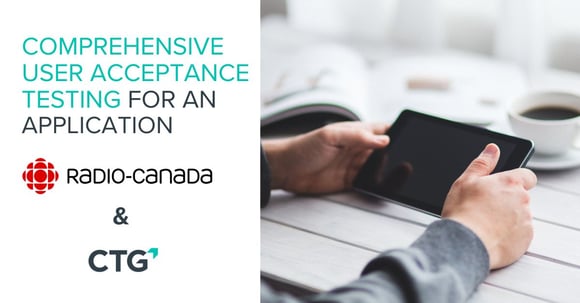Many hail data as “the great equalizer.” After all, how can numbers be subjective? However, there is pushback to this. More and more people are becoming data-savvy and understand that data can be misrepresented. Which sounds more appealing: “My company size doubled” or “I hired another person”? For someone just starting their business, the statements could be equally true, but they paint vastly different pictures.
Sometimes, the error isn’t in the representation, though; it’s in the data. Small sample sizes or faulty polling can lead to bias in data. Complicating matters further is a lack of curiosity. People generally take data at face value, almost never investigating its source, its age, or the correlation between any of the variables.
We obviously know that biased data is problematic, but many people fail to see how prevalent the issue actually is. In fact, there’s a huge problem with data that consistently disenfranchises a huge portion of the population. This is known as gender bias. Typically, the percentage of women used in sample populations doesn’t provide a true representation of consumers. At best, this is indicative of bad business intelligence. At worst, it actually endangers women.
Take automobiles, for instance. They’re designed for men, and I don’t mean aesthetically. The proportions, shape, ergonomics, and placement of interior features are designed to accommodate the male body. Worse yet, the safety research is based on the dimensions of men—leaving women more likely to be seriously injured in car accidents.
The same can be said for almost any product on the market. Smartphones are based on the size of a man’s hand, which is typically larger. This might not sound like a big deal, but it has led to repetitive strain injury (RSI) in some women (and other populations, no doubt). When we don’t work to keep our data free of gender bias, we’re actively harming a large portion of the population.
The Prevention of Gender Bias in Data
Although it’s not always an easy task, preventing gender bias in data is relatively straightforward — so there’s no excuse not to try. In fact, it entails no more than two steps:
-
Acknowledge that bias in data exists.
The first step is admitting that data has a problem. Conscious and unconscious biases affect everyone, and our data is no exception. Look at the internet. Type “person cooking” into a search engine, and the image results are mostly women. It’s not that Google’s algorithm is sexist — rather, it’s pulling from what people upload. And because people are biased, those images primarily feature women.
Bias in data exists, and we need to take responsibility to correct the problem. Don’t trust data blindly. Instead, research how the information was collected. If the data lacks equitable representation, question the research and consider purchasing products from a competitor.
More importantly, build your teams with greater care, especially teams developing research models, collecting data, and deriving insights from the information. How diverse is your team? Do its members mirror the population to which the data will be applied? It all starts from the inside out. As with the data itself, you want a good mix of people — even more so, a mix of the demographics that will be using your product or service.
-
Find the right sample population.
The measurable characteristics of a group will skew without the right sample population. If you’re developing a new product or service, it’s important to first define your target audience. Who are they? Who is the intended user? And, most importantly, consider whether your own biases could mean you’re overlooking potential audience segments.
Then, make sure you have a valid representation in your sample population. That’s how to prevent gender bias — and other biases, for that matter—in data. From there, it’s all about factoring in standard deviation, margin of error, and so on when developing and even testing your product or service.
Gender bias in data is real. The examples are many, and the solutions have been slow to come. It’s up to everyone to work toward preventing gender bias—among all other biases—in the data that’s captured, analyzed, and utilized to make decisions involving products and services. It’s as simple as that.
This article was originally published on insideBIGDATA.



